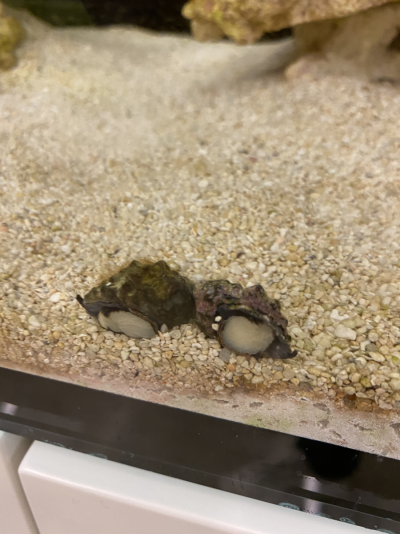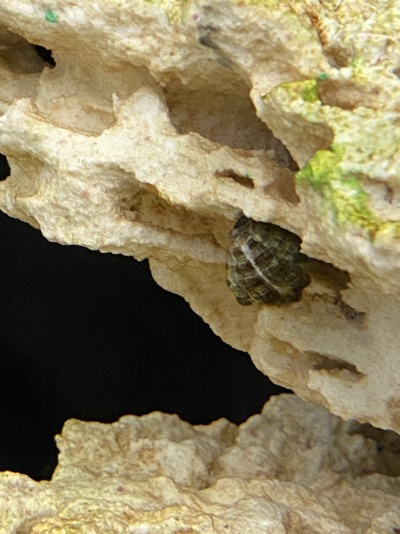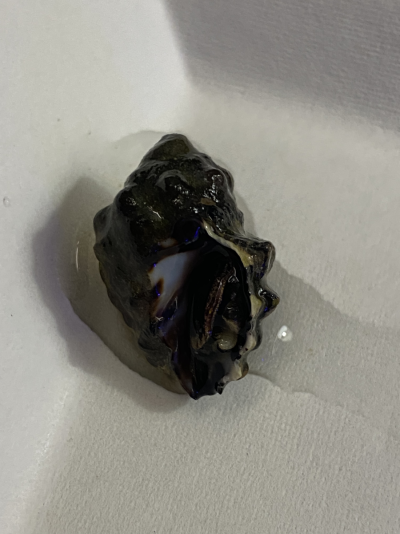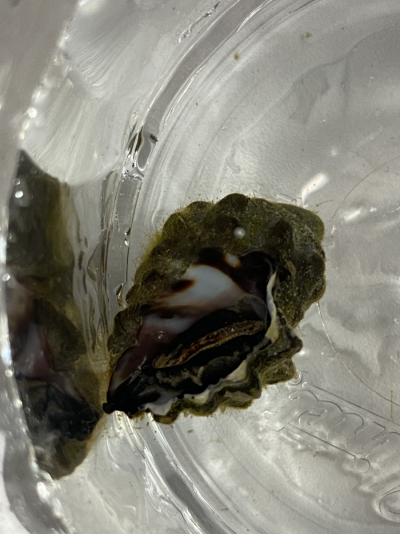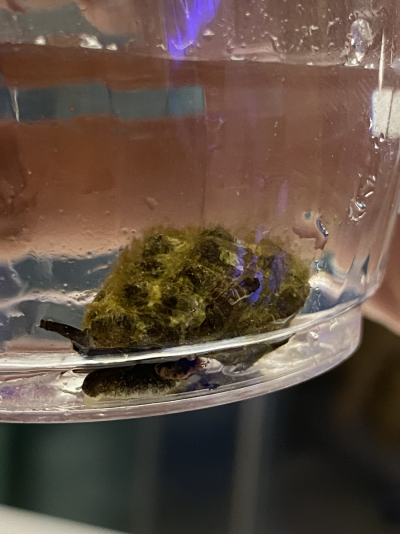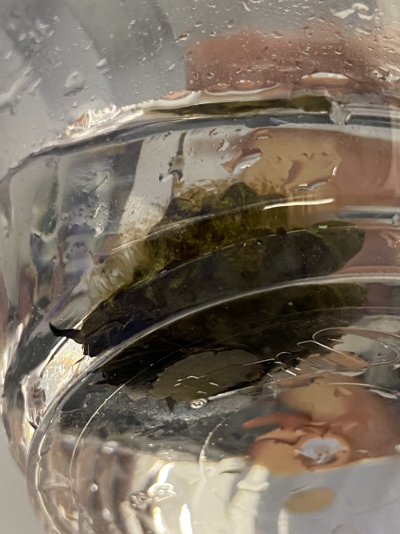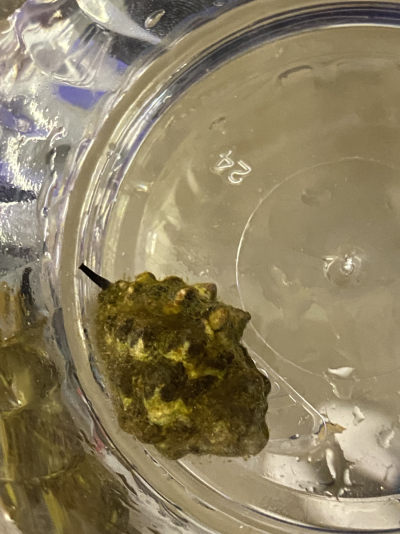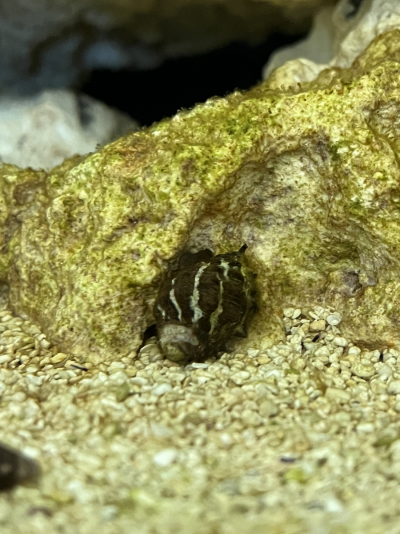Got these at my local fish store — had about 10 trochus snails in my tank, but almost all are dead now. Initially assumed predation from hermit crabs but now not sure — what kind of snail are these? (I asked for ceriths and got these, are these Nassarius, whelks, or something else?). They seem to have done fine for a very long time when there were no other snails in the tank, and so I assumed they were algae-eating snails.
